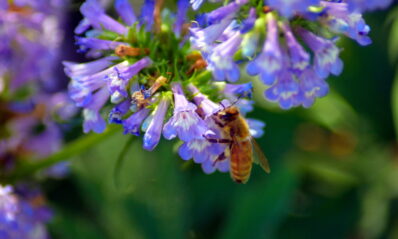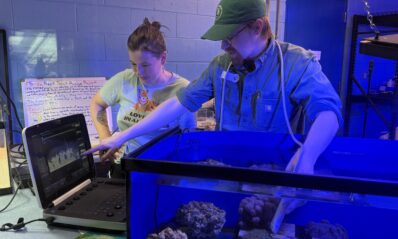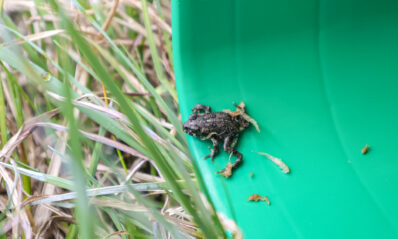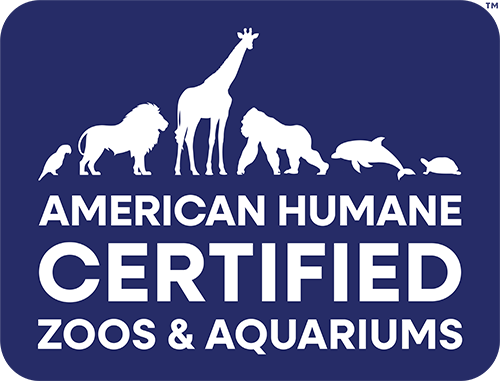
Dr. Gladys Kalema-Zikusoka has spent most of her life saving Critically Endangered mountain gorillas in East Africa, first as a veterinarian, and now as CEO and Founder of Conservation Through Public Health (CTPH). Her work has been recognized around the world, most recently as a National Geographic Explorer and previously as winner of the Sierra Club’s 2018 EarthCare Award. She spoke with Denver Zoo about the connection between animal and human health, and the important role zoos can play in wildlife conservation.
Dr. Gladys: I decided at the age of 12 that I wanted to be a vet because I grew up with many pets at home. So, I decided I wanted to become a vet, but that wouldn’t happen until later. When I was in high school, the biology teacher wanted to revive the wildlife club, and I was very interested. When he came up to me and said he wanted to start a wildlife club I was so excited. I just jumped into it and started straight away.
Dr. Gladys: I worked in the Uganda Wildlife Authority for four and a half years, then did a combined, zoo medicine residency at North Carolina Zoo and North Carolina University. After that, we started Conservation Through Public Health. I became passionate about this idea of public health being critical to wildlife conservation after my first year with the Wildlife Authority. It was one of my first cases, nine months into the job. I got a call that the gorillas were losing hair and developing white scaly skin. We were able to save three of the adults, but not the baby, by treating them with ivermectin. We later learned that the condition was caused by the local communities’ unhealthy sanitary practices. I developed brochures and held workshops with over 1,000 people in villages where the gorillas would come. Education of the community by a team of four advocates led to the villagers coming up with ideas for mitigating the problems that needed solving.
I started my residency program thinking when I am finished there, I will go back and I’ll work for a non-profit organization to support the work. So, I spent time learning how to raise funding for all the various facets of the organization.
Dr. Gladys: One Health is a model that addresses the health of people and animals together because they’re all interconnected. Animals can make people sick, and people can make animals sick. You cannot address one without addressing the other. I think COVID-19 helped people to understand this better, that human health and animal health are truly inseparable. We saw COVID in humans, but also in gorillas, tigers, lions, and mink. You’ll always have zoonotic diseases jumping back and forth. One Health addresses things like family planning, nutrition, sustainable agriculture, and associated issues like degradation of the environment in foraging for usable resources.
Dr. Gladys: Zoos play a very important role in education. Most people will not see gorillas, tigers or lions in the wild for themselves, but they can learn so much about them by seeing them in zoos. Zoos and educational institutions can also be helpful with providing or soliciting funding. Zoos that carry products like Gorilla Conservation Coffee and other goods made by locals in other countries are also supporting those economies, helping them be less reliant on industries that are harmful to animals.
Dr. Gladys: The great thing is there isn’t just one way to help wildlife. No matter where you are in the world, or where you are in your life there’s something you can do to make a positive impact. Use social media to spread the word about important issues that need to be addressed. Buy Gorilla Conservation Coffee or other products made locally, send donations through zoos to support projects in the wilds. Even just being more conscious about your impact on wildlife can make a difference.








